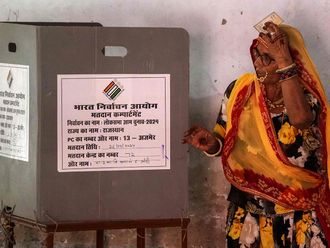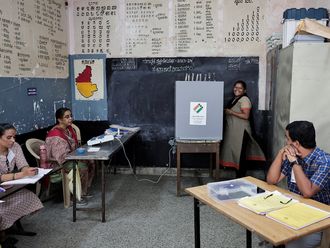New Delhi: People are using the fostercare system in India as a backdoor for adopting younger children even though the programme was mainly meant for giving a family-like atmosphere to older children who face difficulty in getting adopted, according to a senior adoption official.
Foster care is an arrangement whereby a child lives, usually on a temporary basis, with unrelated family members. The aim of fostercare is to place a child in the domestic environment of a family.
“There are very few takers in India for older children. So we know that they will not be adopted very easily and instead of letting them grow in an institution it is better that they can be put up with some family. So basically the foster care programme is meant to enable such older children to be placed in a family,” said Central Adoption Resource Authority (CARA) CEO Lt Col (retd) Deepak Kumar.
Just 597 children above the age of two were adopted in 2017-18 out of a total of 2,537 children, according to CARA data.
The fostercare programme was started with a focus on older children who were not getting adopted so they could grow up in a family environment.
“But we have seen the fostercare programme has not taken up in the manner it should be and somehow more of unethical practices have crept in, primarily because there is a huge gap between the number of couples wanting to adopt a younger child and the number of such children legally free to be placed in adoption,” Kumar told journalists.
He said there are around 8,000 child care institutions registered with CARA, the apex adoption body in the country, and in those homes over 95 per cent of the children are above five years of age).
Fostercare is a “temporary kind of arrangement” where a child stays with a family instead of an institution but people are using it as a backdoor or shortcut for adopting younger children, Kumar said.
Under the Model Guidelines for Foster Care, the fostercare programme is for short term for a period of not more than one year but it could be for extended period of time based on the assessment of the compatibility of the child with the foster care parents.
The period of placement can be periodically extended by the child care institutions till the child attains 18 years of age.
Ian Anand Forber Pratt, director of Global Advocacy at Children Emergency Relief International, said since the concept of fostercare is comparatively new in India, there is a need to improve the understanding and awareness of it.
“Because our understanding and awareness of fostercare and other non-institutional care options for children have not fully evolved, the gap between policy and practice remains due to which fostercare programme under some circumstances became a backdoor into adoption or an entry point for misuse,” Pratt said.
He warned that as the fostercare programme which scaled too quickly in India could prove to be “dangerous for children” under lack of understanding.
“The solution is a strong focus of child protection stakeholders to providing a full range of care options to children with the goal being that the child protection system functions in the best interest of every child on a case-by-case basis,” he said.












